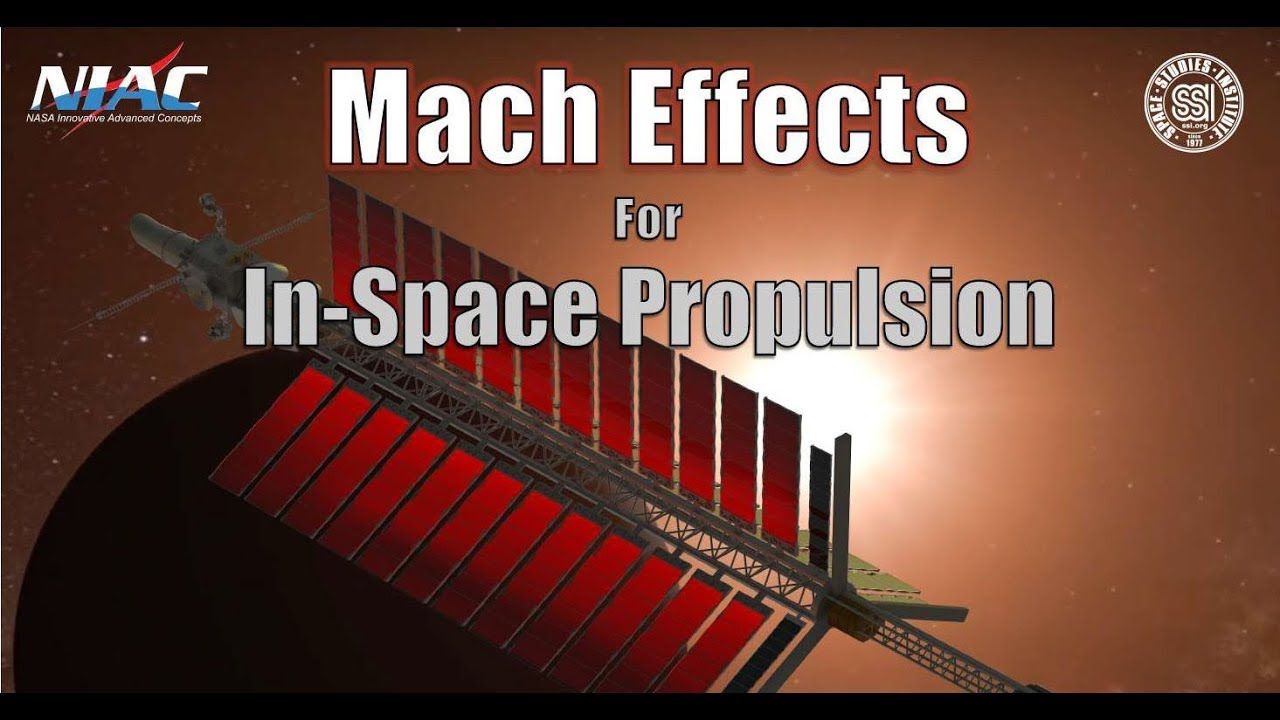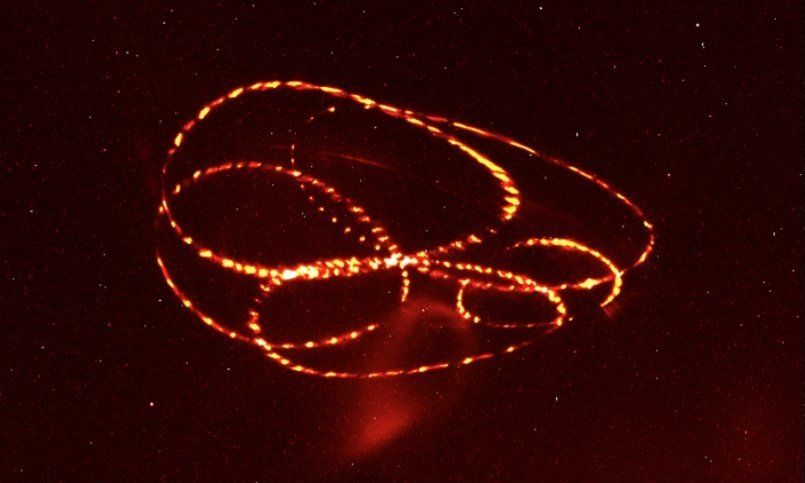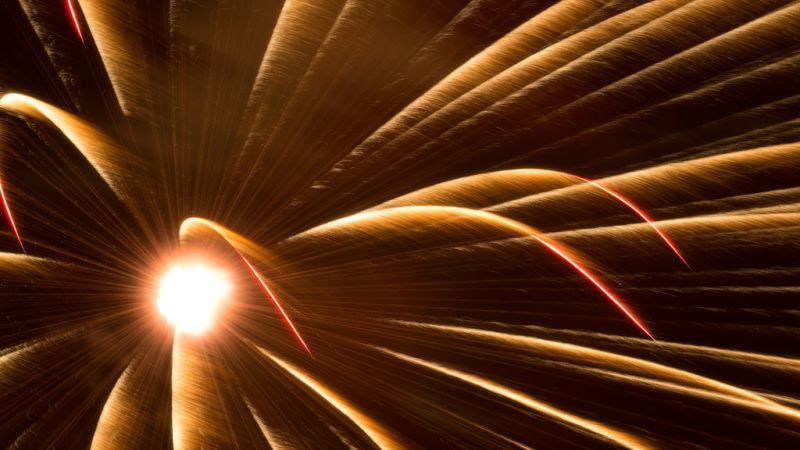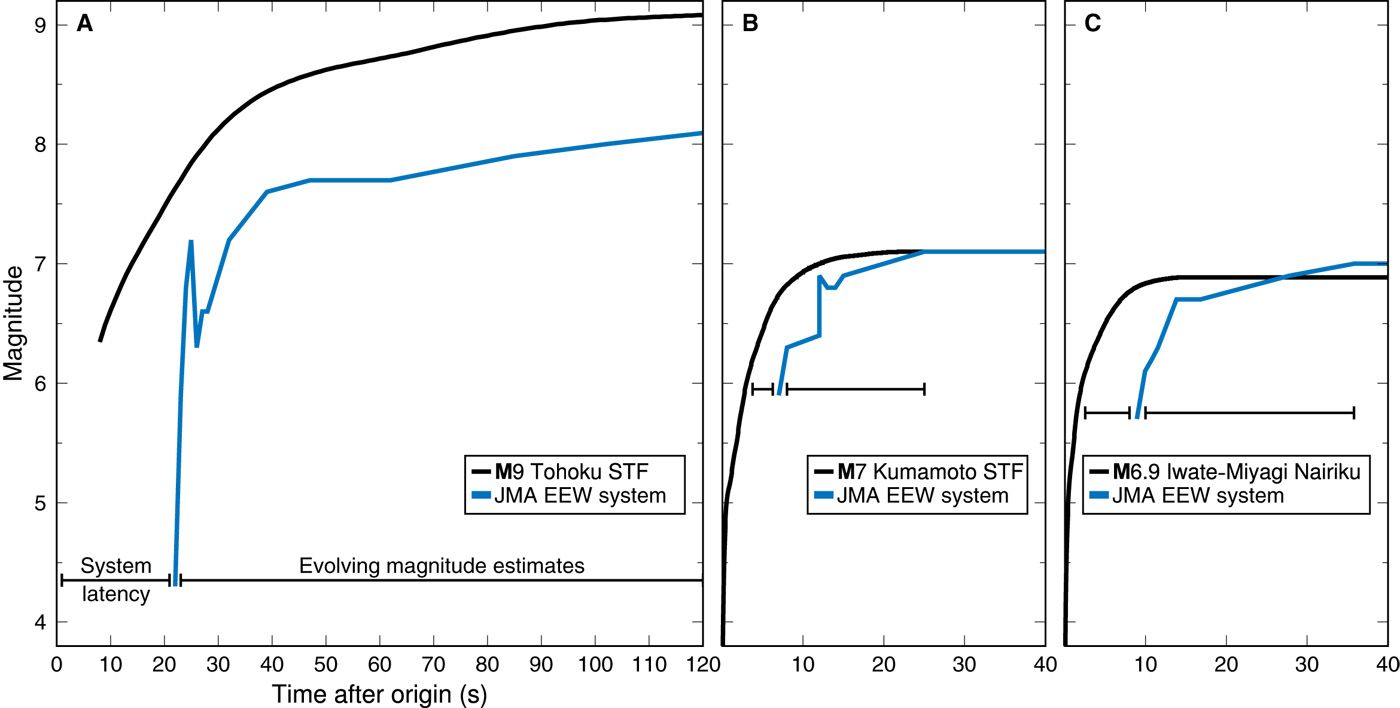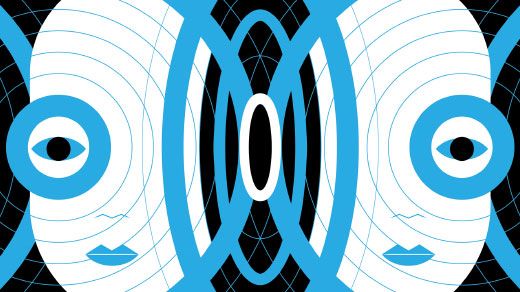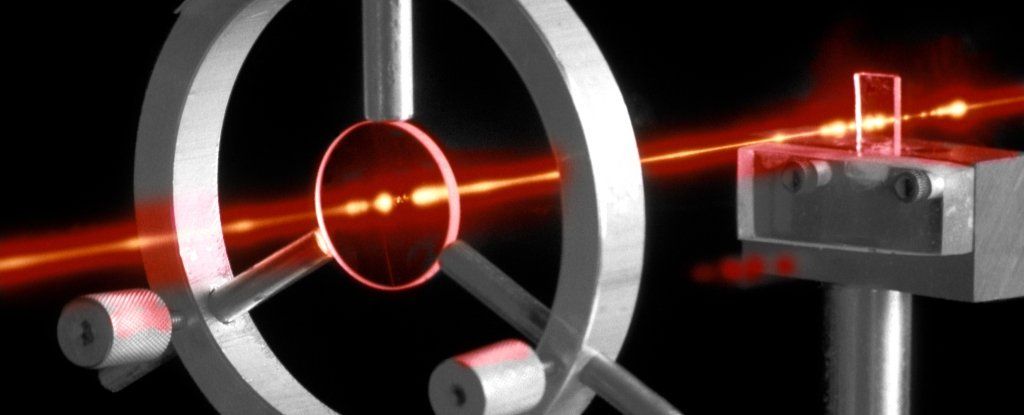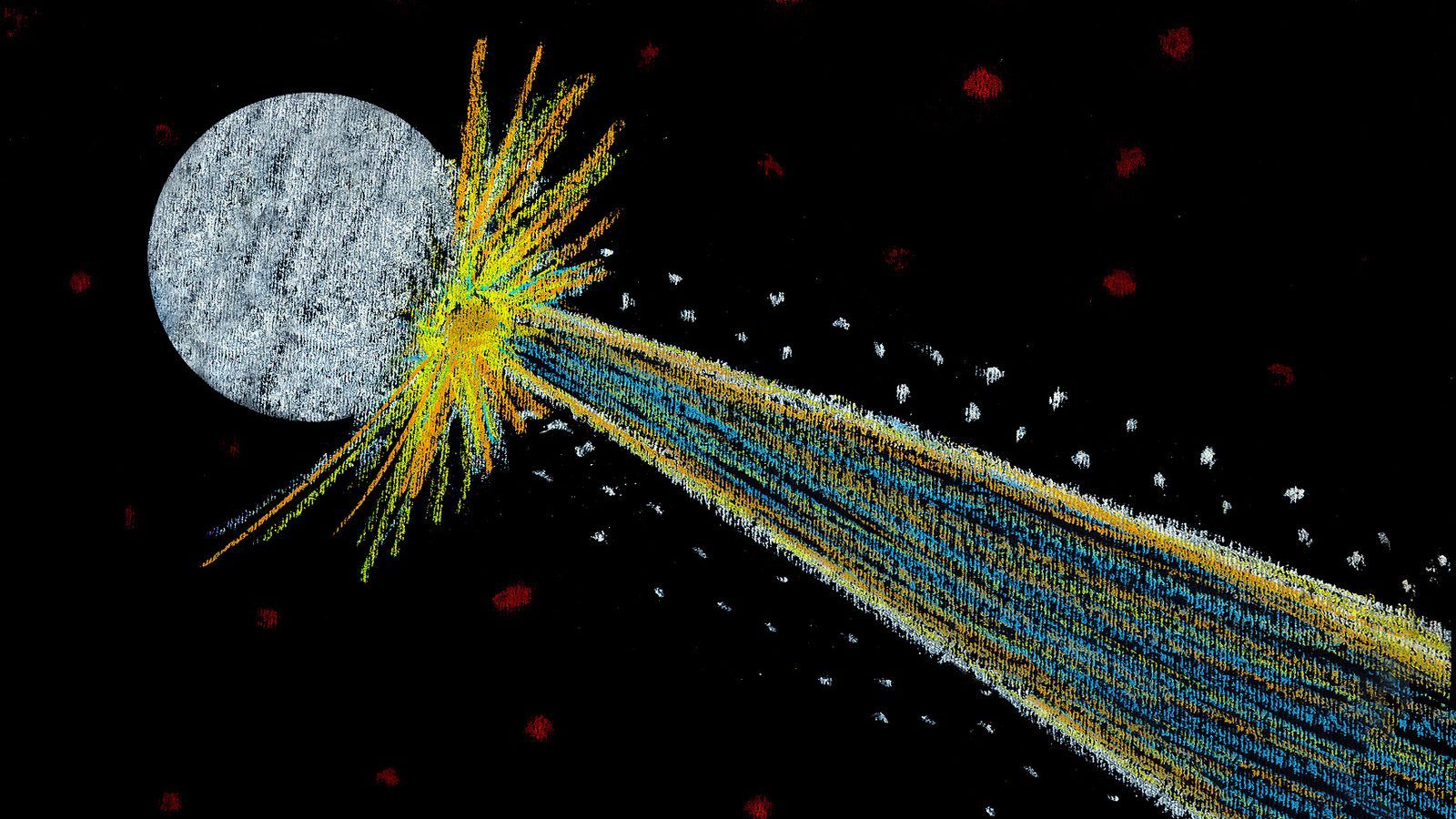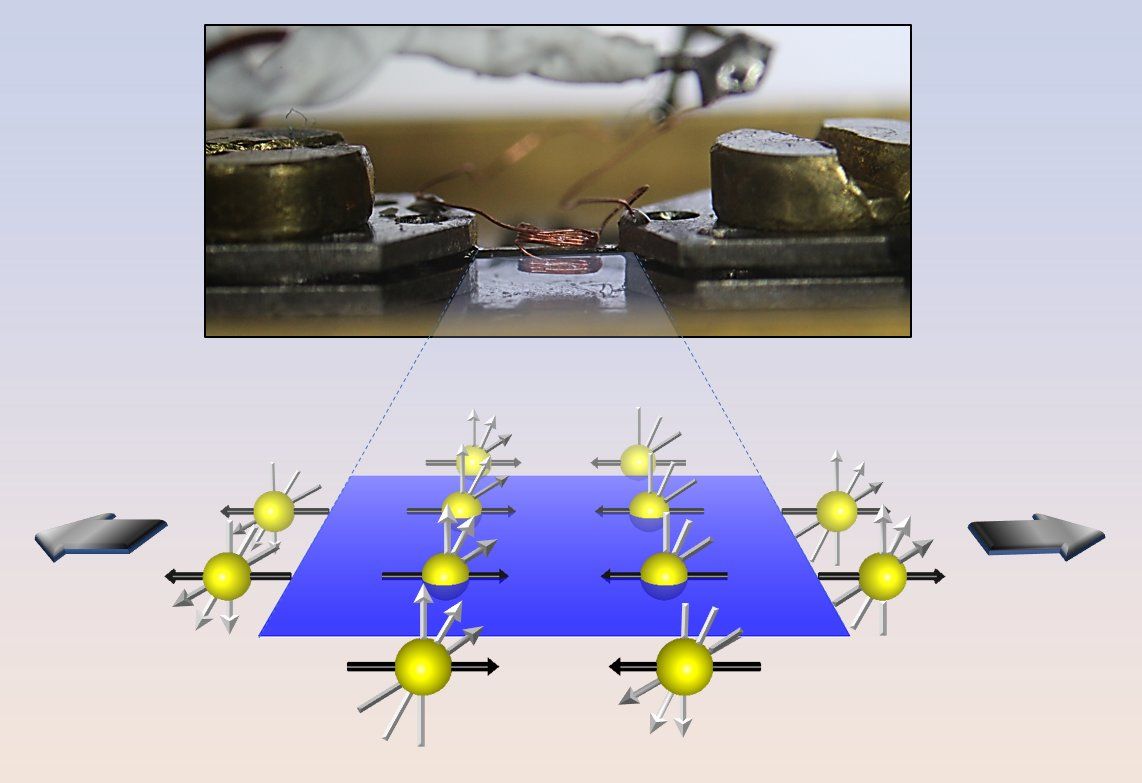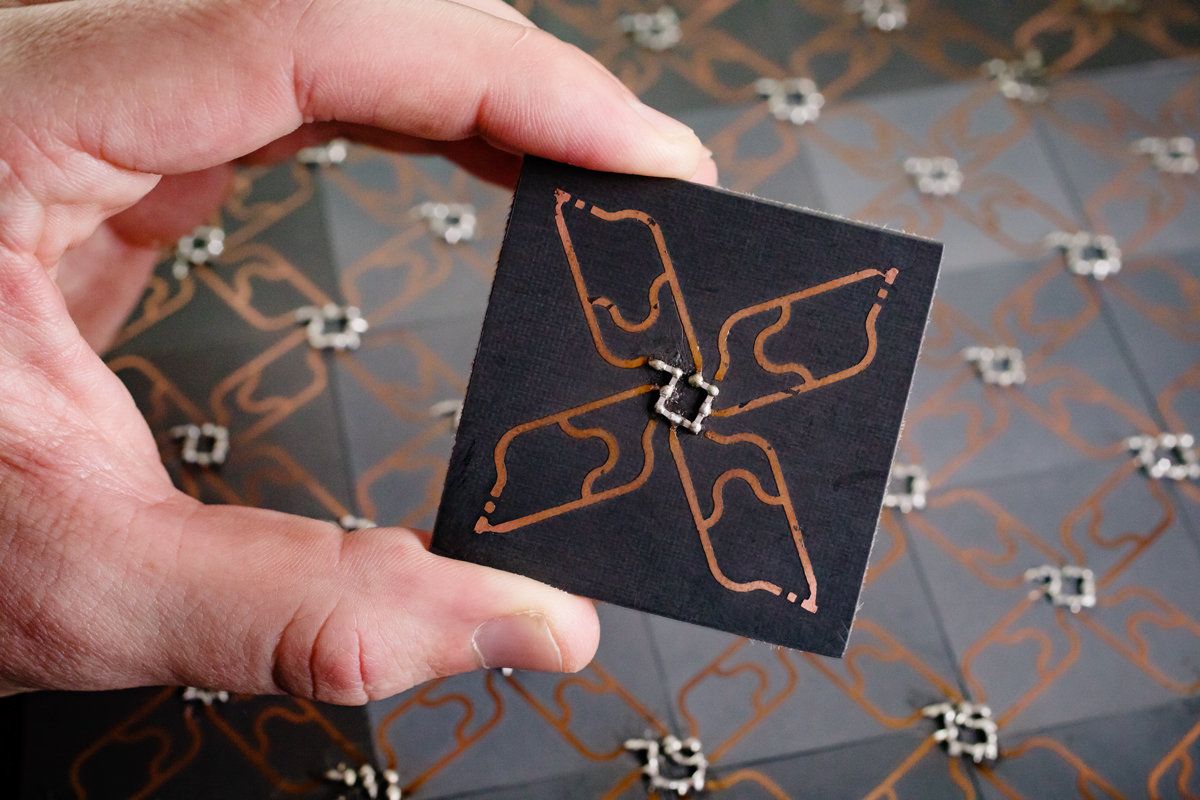Apr 7, 2018
Mach Effect Propellantless drive awarded NASA NIAC phase 2 study
Posted by Sidney Clouston in categories: cosmology, physics, space travel
Mach Effect Gravity Assist (MEGA) drive propulsion is based on peer-reviewed, technically credible physics. Mach effects are transient variations in the rest masses of objects that simultaneously experience accelerations and internal energy changes. They are predicted by standard physics where Mach’s principle applies as discussed in peer-reviewed papers spanning 20 years and a recent book, Making Starships and Stargates: the Science of Interstellar Transport and Absurdly Benign Wormholes published in 2013 by Springer-Verlag.
Continue reading “Mach Effect Propellantless drive awarded NASA NIAC phase 2 study” »
